Color lithograph. Numbered in graphite pencil lower left 88/230, signed Leonor Fini lower right
Leonor Fini was born in Buenos Aires on August 30, 1907. She spent her childhood in Trieste with her mother, her grandparents and her uncle. The Braun family is closely linked to the Trieste intelligentsia: Italo Svevo, Umberto Saba and James Joyce. She does not attend any art school and her training is completely self-taught, her evolution having been marked above all by elective affinities and by her own "imaginary museum". She exhibited for the first time at the age of seventeen, in Trieste, during a collective exhibition and, at the same time, during a stay in Milan, she met the painters Funi, Carra, Tosi , thus discovering the classic Lombard Italian painting and the Italian Mannerists. In 1931, Leonor left her family and moved to Paris where she presented, the following year, her first personal exhibition at the Galerie Bonjean, of which Christian Dior was the director. At the same time, the artist creates many masks, participates in and organizes fabulous costume balls. The world of entertainment and representation fascinates her: she designed the sets and costumes for Le Palais de Cristal by Georges Balanchine at the Paris Opera, Les Demoiselles de la Nuit by Roland Petit at the Marigny theatre, L'Enlèvement au Sérail in the Scala in Milan. In the summer of 1954, she fell in love with a very wild place, in which she felt in perfect harmony. Near Nonza, in Corsica, she settled in an old ruined Franciscan monastery where from now on she would paint every summer. Passionate about literature and poetry, Leonor illustrated more than fifty books, including the works of Charles Baudelaire, whom she deeply admired, as well as those of Paul Verlaine, Gérard de Nerval, Edgar Allan Poe. Léonor Fini will maintain throughout his life, a privileged bond with his cats, which will influence his works, both written and pictorial. For the artist, the cat symbolizes femininity and mystery. The captivating and surreal creation of Léonor Fini is inspired by the evocative power of the cat, which constitutes a mirror for the artist. Often, she represents them on her paintings where she describes in her tales, women with bodies of cats, called sphinxes. Through feline independence, the artist tends towards a human ideal, expressed in his work, where the individual, definitively freed from all social taboos, rediscovers all his original potentialities. For Léonor Fini, the cat finally takes on a cosmic aspect; he is innocence and the intermediary between man and nature. The cat is most certainly the initiator and instrument of fantastic realism in Léonor Fini. In early 1960, Leonor Fini moved to Paris rue de la Vrillière, in an apartment between the Palais Royal and Place des Victoires. She lived there, surrounded by her friends and her cats, and created La Grande Parade des Chats, from which our lithograph is taken.
Ill. Photograph by Léonor Fini with Rinfinina, Nonza, Corsica, 1967.
Bibliography
Catsaras Marc. The cat in the life and work of Léonor Fini. P. Allemand, thesis Doct. Veterinarian, Fac. Med. Lyon, 1983. In: Bulletin of the French Veterinary Academy volume 139 n°3, 1986. pp. 361-362 Minsky Gallery




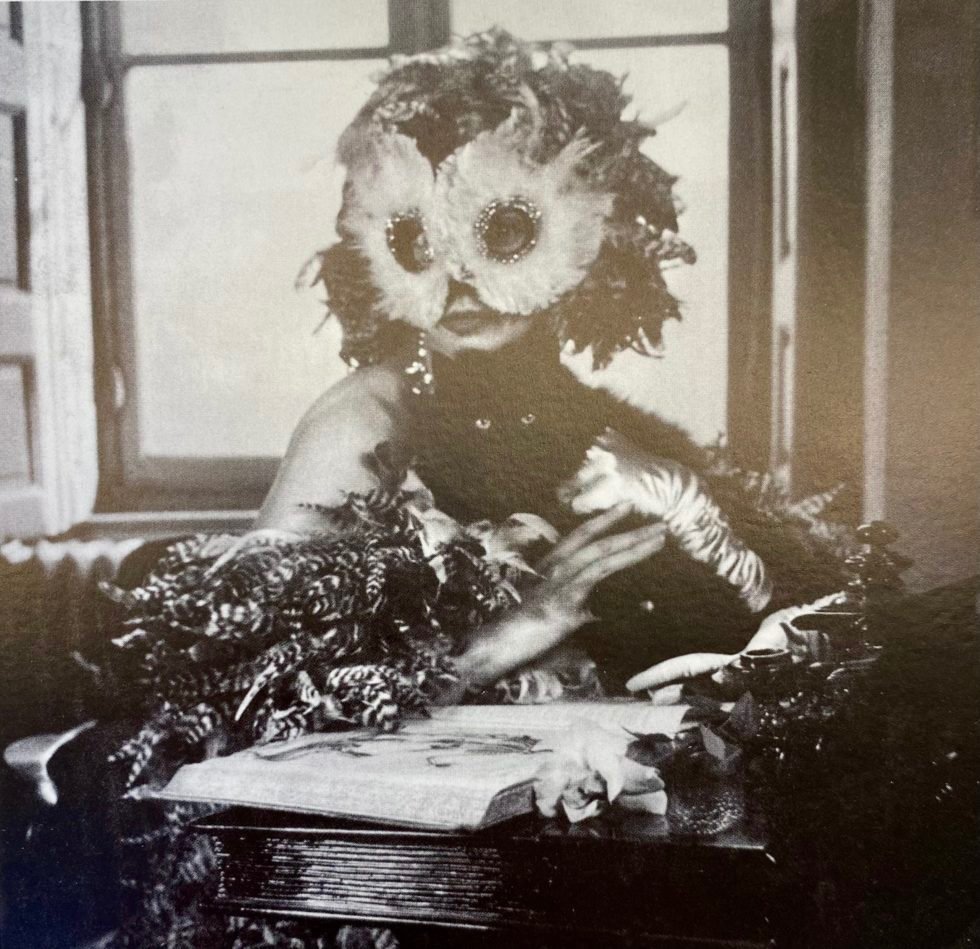
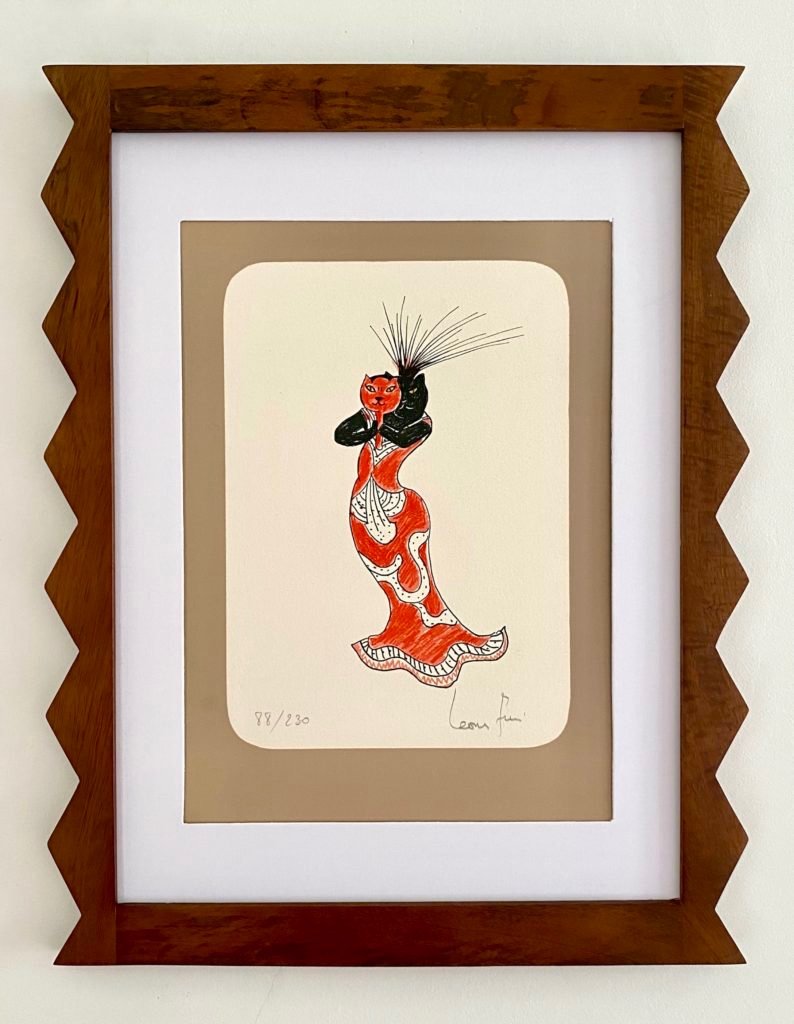
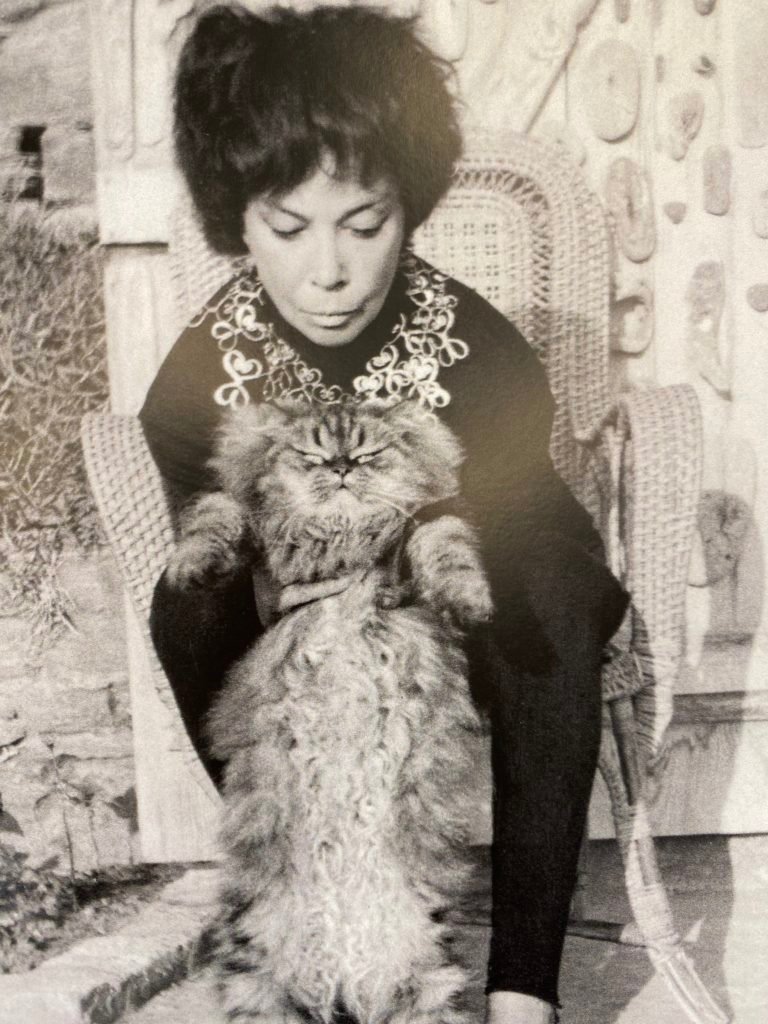








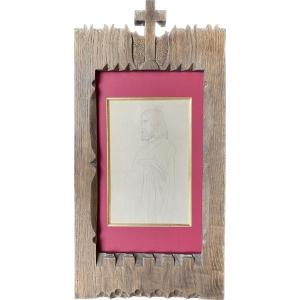

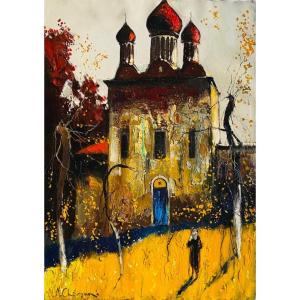

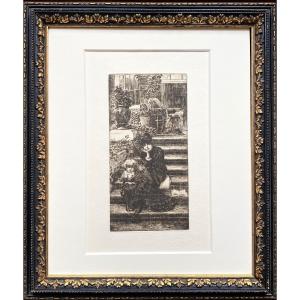
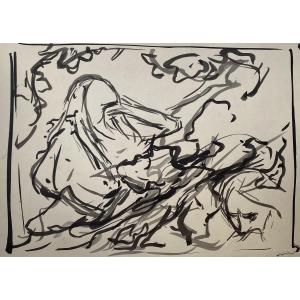


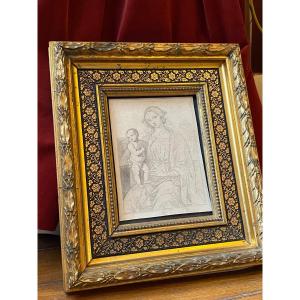
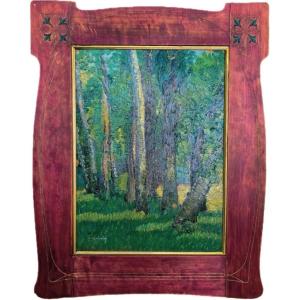


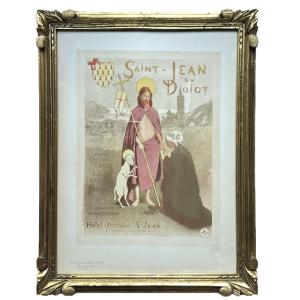


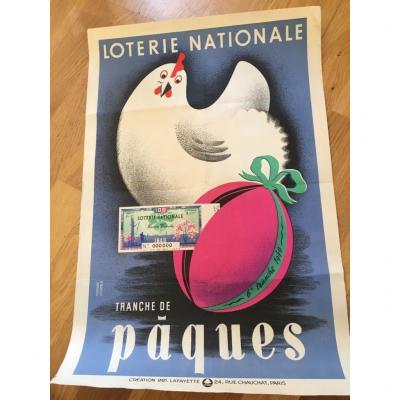







 Le Magazine de PROANTIC
Le Magazine de PROANTIC TRÉSORS Magazine
TRÉSORS Magazine Rivista Artiquariato
Rivista Artiquariato